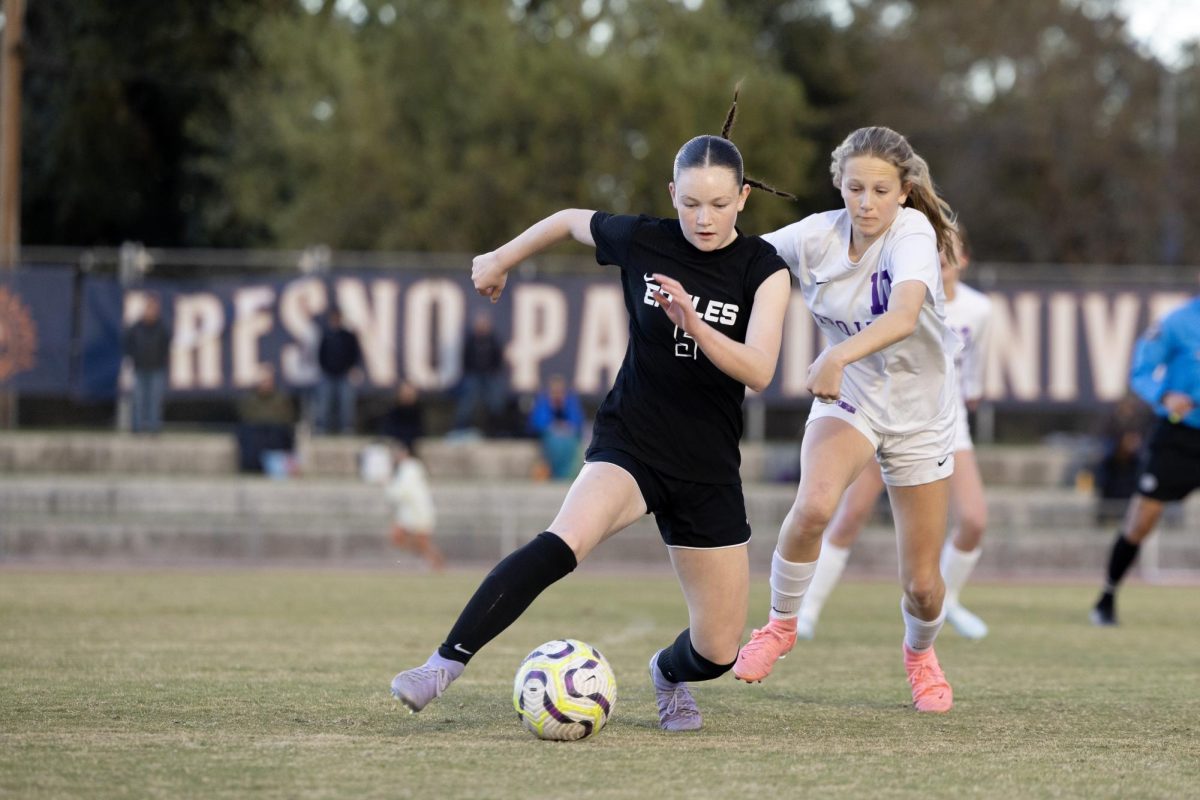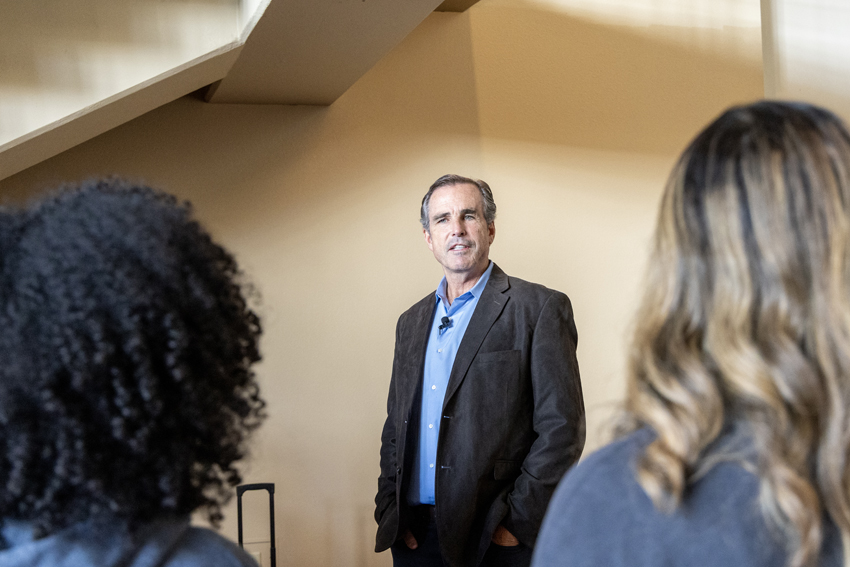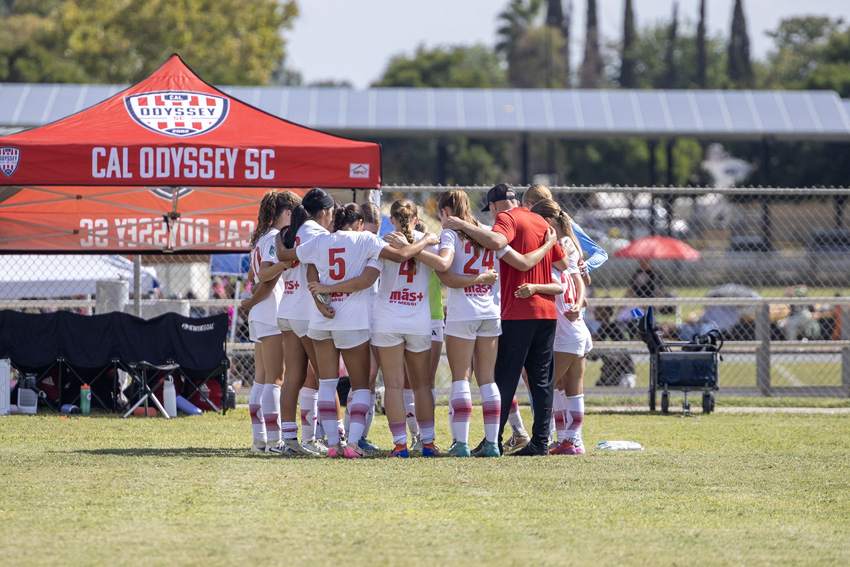Many students ask for new puppies for Christmas or birthdays. When they see a cute furry face, dog-lovers’ hearts often melt and they anticipate the time they will soon spend playing with their puppy. However, reality kicks in, and young dogs are often not as obedient as their owners hope. Sometimes people fail to realize the time, effort and determination it takes to raise a new puppy.
“The benefit about having a well-trained dog is that they listen to you,” Kevin Damm, ’09, said. “My dog doesn’t come inside until I give him the command. I’m also able to take him out in public because we trained him at an early age. A well trained dog can be mellow and calm instead of hyper and out of control.”
The first step when training a puppy, is to start the house-breaking process right away. Keep a constant eye on them around the house and look for signs, such as sniffing the floor or walking in circles, that show their need to go outside.
In most cases, a 6-10 week old puppy has to go to the bathroom every half hour. Watch the clock and take them out on a regular schedule.
“The most difficult part about training my six-month-old puppy was house-breaking,?” Tyler Duerr, ’10, said. “Until they’re fully trained you never know when they have to go. When they have an accident in the house we put their nose in it, tell them ‘no!’ and take them outside. Soon my dog will be going to training classes because it’s more convenient than training her myself.”
If someone happens to see the puppy in the middle of an accident, the best thing to do is overreact. Scoop them up and run them outside without hesitation. However if the puppy senses anger, they may become afraid.
Actions speak louder than words, therefore yelling in anger is rarely effective. Instead quickly run the puppy outside. If reactions and bathroom breaks every 30 minutes are consistent, the puppy will soon learn to go outside and not inside.
When someone discovers an accident in the house but does not catch the puppy in the midst of it, an overreaction becomes worthless. The puppy cannot associate current reactions with something that it did minutes beforehand. It will think that its present actions are the ones warranting the punishment.
Like most people, a puppy needs an incentive in order to behave the way the owner desires them to. With guide dog training, do not use doggy treats because they tend to make the dog overweight.
The puppy’s kibbles from their own dog food can also be used as treats. However, before the food kibbles, we gave the dog ‘praise’ when they exhibited appropriate behavior. When the dog receives multiple kibbles throughout the day, their nighttime feeding should be reduced.
“Sometimes it’s frustrating to have a puppy in the house because they do things that they’re not supposed to,” Sophia Cook, ’10, said. “I didn’t know that having a puppy would be so much work. Now I’m getting to appreciate the full extent of the training process. Teaching the puppy to go outside and not chew stuff is very difficult because they don’t really know right from wrong.”
Another skill owners often fail to teach dogs is how to walk on a leash. Most of the time, the dog walks the owner and not the other way around. Get the puppy used to leashes at a young age. Take them outside to go to the bathroom on a leash and keep it on them around the house until they gain enough trust.
This leash is called a drag line. It allows the owner to have control over their puppy when they need to, without chasing it around the house first.
Seeing Eye for the blind dogs are always trained to walk on the left side and be only a few inches ahead of the owner at all times. When a dog walks with a constant pull, try calling their name to get their attention and then feed them a treat. This teaches them to pay attention to the person with the leash and follow their lead.
If that does not work, guide dogs sometimes use a halti, a training tool that goes around the dog’s nose. The leash connects to it right underneath the muzzle and allows the owner to steer the dog’s head instead of pulling on its neck.
Despite the initial frustration and time commitments, a well-trained dog can provided a family with much joy. When training starts at an early age, the dog never forgets how to behave. If each family member partakes in the process, the dog should quickly learn right from wrong and act the way the owner desires, while still maintaining their heart-melting appearance.
For more how-tos, read the Dec. 15 article, Maple cookies sweeten holiday or for more information on dogs in the FC community, read the Sept. 29 article, Emma, destructive pound dog: A most unusual experience or the March 23, 2006, article, Eyes for the blind.






